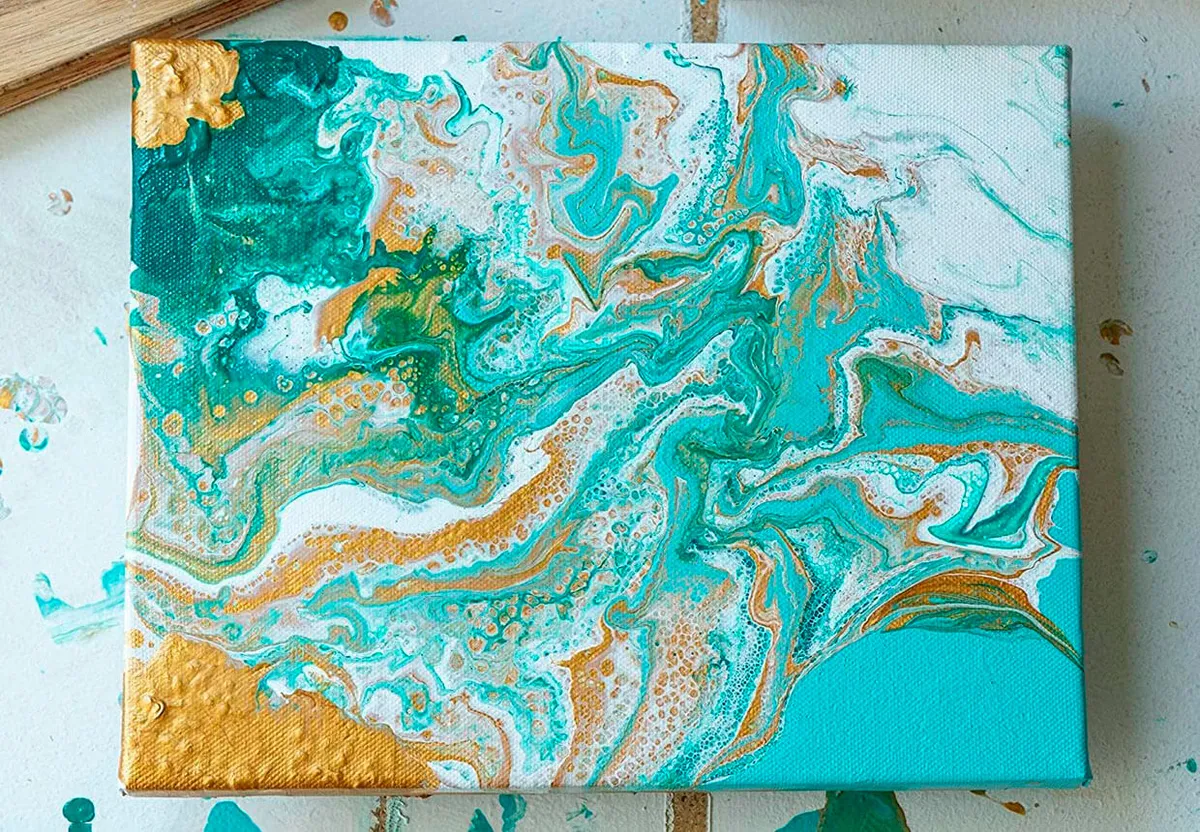Painting is a creative and cost-effective way to revamp your living spaces. Seasoned professionals utilize small insider tips that make a difference between an average paint job and one that leaves you in awe.
A tip from contractor George Crew is to keep your roller and brushes moist by wrapping them tightly in a plastic bag or even a Pringles can. This saves time cleaning them between painting sessions!
Choose the Right Paint
The right paint will not only add value to your home, it will also help the overall appearance of your house. However, not all paints are created equal. Skimping on quality could mean that the paint will chip or smear easily, requiring multiple re-coatings.
To avoid this, purchase a high-quality interior paint and a primer made for the surface you are painting. Then you can be confident that the paint will stand up to normal wear and tear and will look great for a long time.
A good primer will also prevent problems with uneven surfaces, such as brick or tile, and ensure a smooth finish. If you are using a roller, be sure to choose one with a low nap that will be gentle on the walls of your home and will roll out the paint smoothly. A high-density foam roller is ideal for most walls, but you can also use a conventional polyester paint roller cover.
Prime the Surface
Paint can be a costly investment, so it’s best to get it right the first time. Using the right materials and techniques can help ensure that you achieve a high-quality finish that will last for years.
Having the right equipment and tools is also important. This includes a high-quality brush and roller. It’s also worth investing in some painters tape to avoid drip marks and other imperfections.
Make sure to clean the surface thoroughly before painting. This includes removing any dust, dirt, mildew or other contaminants that could affect the adhesion of the primer or paint.
It’s also a good idea to use tinted primer. This will help the new paint cover darker colors and save you time by requiring fewer coats. It’s also a great option for glossy surfaces like tile, glass or aluminum, which wouldn’t adhere to paint without a primer. It will also seal the surface so that it doesn’t absorb so much of the paint.
Apply the Paint
Seasoned professionals understand the importance of quality paint and materials, but they also take their time and focus on proper prep. That means patching holes, filling cracks, sanding the wood surface before painting and taping off where the wall meets the trim. These details make all the difference in how the final painting looks.
Before you start applying the paint, sand the wood with a fine grit to ensure that it’s smooth enough for your brush to glide over. If the wood is already painted, use a trisodium phosphate solution to strip off any remaining residue, then sand it again until all surface imperfections are filled and smoothed out.
Never dip your brush directly into the can of paint; if debris or dust gets in, you risk contaminating the entire container. Instead, pour the paint into a smaller bucket and then dip your brush into that. That way, if you accidentally make a mistake, it’s much easier to clean the brush without ruining the whole can of paint.
Finishing Touches
The final touches make the difference between a professional finish and a DIY job. A caulking gun and paintable acrylic-latex caulk are essential, especially around areas that will be covered in a new coat of paint (like window frames or door casings).
Don’t skip any prep work like cleaning walls or sanding rough spots. And don’t skimp on paint or brushes – invest in quality tools to get better results.
Another tip is to never dip your brush directly into a can of paint – you’ll risk contaminating the entire batch with dust, debris or other contaminants that will affect the final color and appearance. Instead, use a rubber band to scrape off the excess paint from your quality brush and you’ll have fewer drips and a cleaner painting process. Plus, you’ll save a lot of time by not having to clean the brush between uses! Make your life even easier by storing your wet roller in an empty Pringles can.




